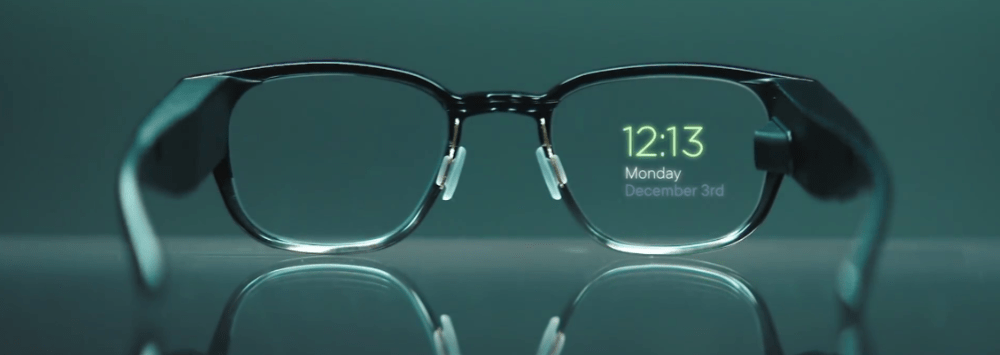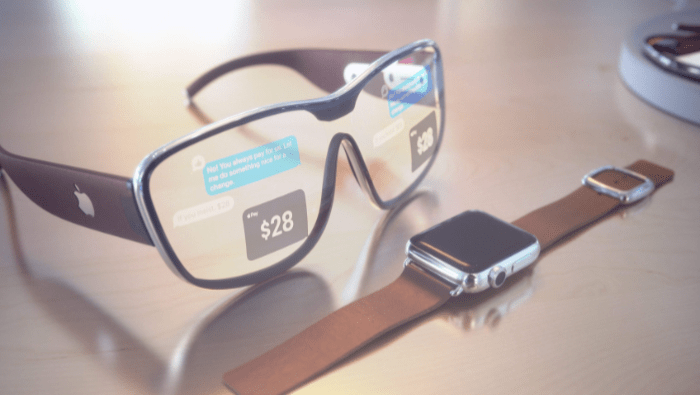How Smart Glasses Work
Eyeglasses can now do more than just improving your vision. With the ever-advancing technology, everything, from our TV to eyeglasses, is becoming smart.
In simple words, smart glasses try to bring the wireless connectivity we enjoy into our eyewear. Just as we are so dependent on our smartphones and laptops, there may come a time when we rely on these glasses. Well, the time may come sooner rather than later.
This newest addition to wearable technology calls for more sophistication. With devices like these, there is surely scope for reshaping the workflow.
So, what exactly are these smart glasses? How do they work?
Overview
Smart glasses are wearable glasses that can perform a multitude of functions. While some of these functions include AR (Augmented Reality) overlay, some others do not. Essentially, they provide a wireless performance of smartphones in glasses.
They can be completely hands-free or touch-controlled, like smartphones. From making calls, interacting with apps, GPS navigation, to taking videos, smart glasses can do it all. It has the potential to revolutionize various sectors such as healthcare, logistics, and control.
How Smart Glasses Work
In 2013, Google was the first to launch this futuristic eyewear. It was the Google Glass Explorer. The company was aiming to popularize these watches like other wearable techs such as smartwatches.
Although Google removed these glasses from the market after only 18 months, it provides an archetype. With this reference, we can better understand how smart glasses work.
Control Unit
All smart devices need a computer brain. Smart glasses also have a CPU that controls the entire device.
Sound
The speaker and cellphone receptor lay on the ear rests. Unlike other devices, the device transfers the audio through bone conduction instead of air conduction through the auditory canal. Further, the micro-speaker will allow you to listen to music, podcasts, and audio feedback.
The microphone will be on one hinge. Plus, it will include hands-free searches.
Camera
The camera lens will be on the temple of the glasses. The lens will be tiny to fit perfectly inside the frame. However, the camera in these glasses raises privacy concerns.
Projector
The glasses will have projector art in the upper part of the lens. It offers a partially transparent display without obscuring your view of the real world. This is the part that unlocks the experience of smart glasses, an overlay of images and texts in our field of view.
Display
The display is the most important and interesting part of smart glasses. Additionally, it is the most challenging thing to create in smart glasses. In this section, you can check out the different technologies used in these glasses.
Generally, there are two types of displays employed in smart glasses. They are waveguide displays and curved mirror displays.
Wave Guide Displays are more advanced than the latter. They work by bending the projected light before your eyes to display a field of vision. It includes 3D augmented reality objects.
Many of these models are still in development and testing. Some of the most effective types are as follows:
- Holographic waveguide
- Diffractive waveguide
- Virtual retinal display
- Reflective waveguide
On the other hand, a curved mirror display works by simply projecting an image onto a curved mirror. This mirror will reflect the light directly into your eyes. Generally, devices with this type of display are heavier and thicker.
How Can Smart Glasses Help Me?
Smart glasses will allow you to do a variety of things. Some of them are listed below:
- Answer and make phone calls
- Read and reply to messages
- Turn-by-turn GPS navigation
- You can interact with apps
- Listen to music and more
The Future of Smart Glasses
Smart glasses started as simple front-end displays. Now, it is a complex computer-powered device.
This technology lets you experience the digital and the physical worlds simultaneously, unlike virtual reality headsets. However, it still faces enormous challenges, which is delaying its mass usage.
In the USA and EU, smart glass has been tested in businesses. Further, many companies are using it to improve their workflow through this tech. Yet, it will take some time before everyone can reap its benefits.
Here are some issues that can keep smart glasses out of your hand's reach for a significant amount of time:
- Vision health and awareness
- Safety issues
- Privacy and security
- Fashion and appearance
Wrapping Up
Smart glasses work by employing various small yet powerful parts such as CPU, projector, speakers, and camera. With every passing day, this tech is only getting better.
These glasses can revolutionize the way we see things, literally. So, it is no surprise that this device is growing in various industrial sectors.
When you wear this tech, you can experience the world in a completely different way. Yet, we do not know what the future holds and how common this device can become. Nonetheless, with many big names on board, the future does seem bright.




